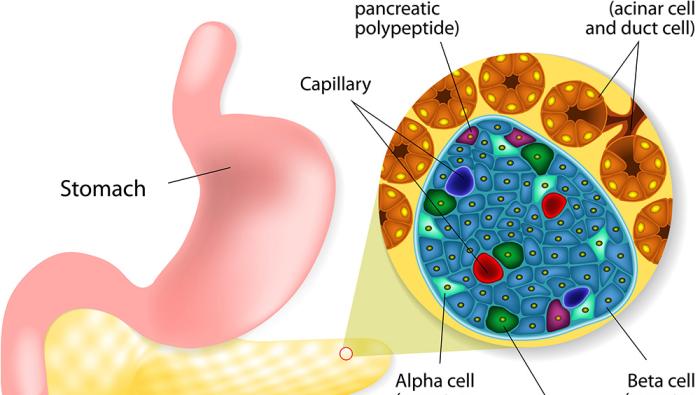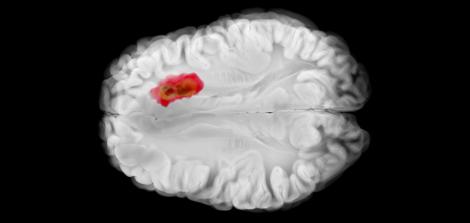Islets of Langerhans

The islets of Langerhans are approximately one million clusters of cells in the pancreas that secrete hormones responsible for carbohydrate metabolism in the body. They are named after Paul Langerhans, who discovered them in 1869. Most of the cells in the islets of Langerhans are beta cells, which secrete the hormone insulin, responsible, among other things, for regulating blood glucose levels – without it, glucose cannot enter the cells. Impaired insulin production in the islets of Langerhans is a symptom of diabetes. Inflammation of the islets, known as insulitis, is caused by the infiltration of immune system cells and can lead to the destruction of beta cells and the onset of diabetes.
How can a mathematical model lead to a cure for diabetes? An interview with Dr. Ron Piran
Last Updated Date : 29/12/2024







![A person standing at a beach next to a big wave [representing post-trauma]](/sites/dangoor-medicine/files/styles/card_image/public/articles/%D7%A4%D7%95%D7%A1%D7%98-%D7%98%D7%A8%D7%90%D7%95%D7%9E%D7%94.jpg?itok=PnJYP1wn)
